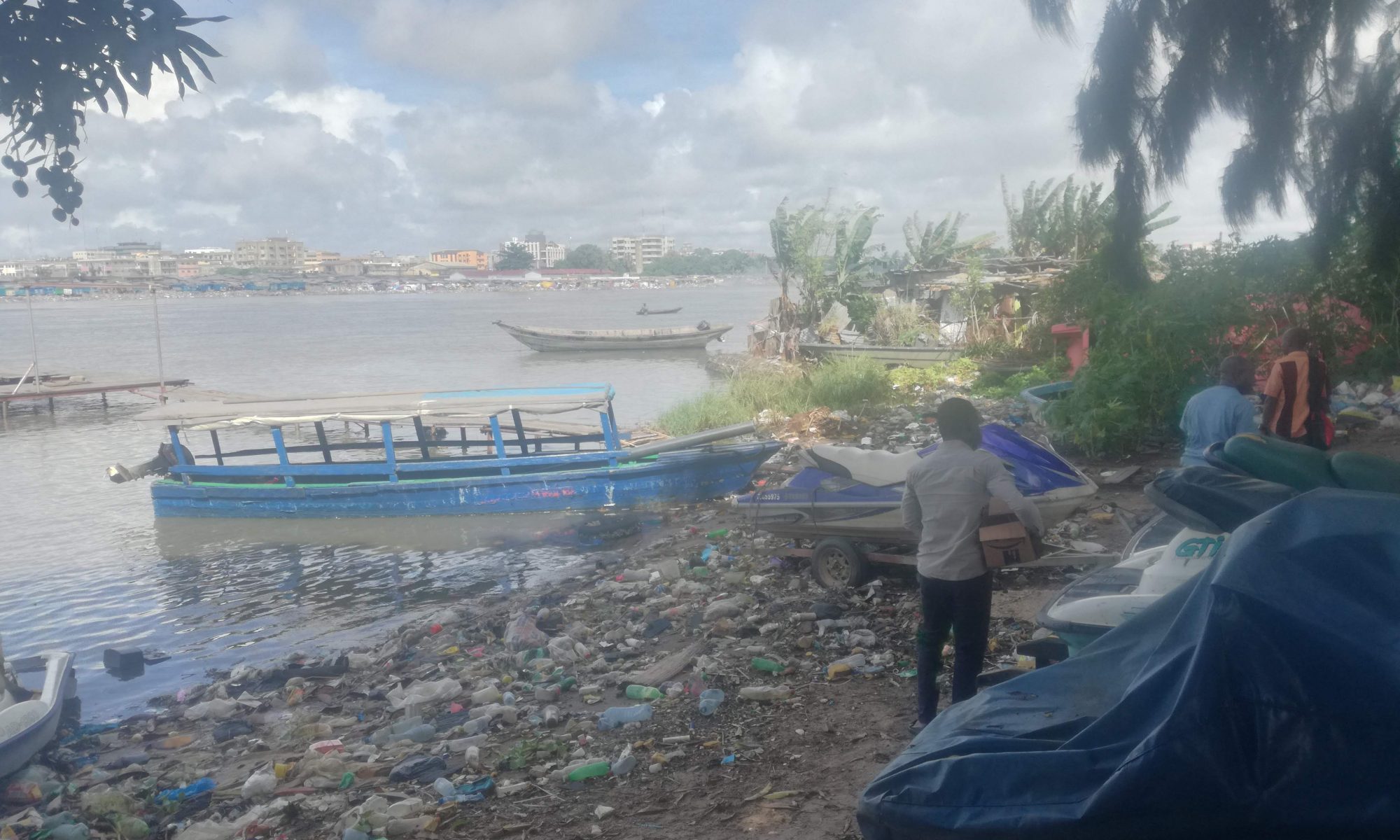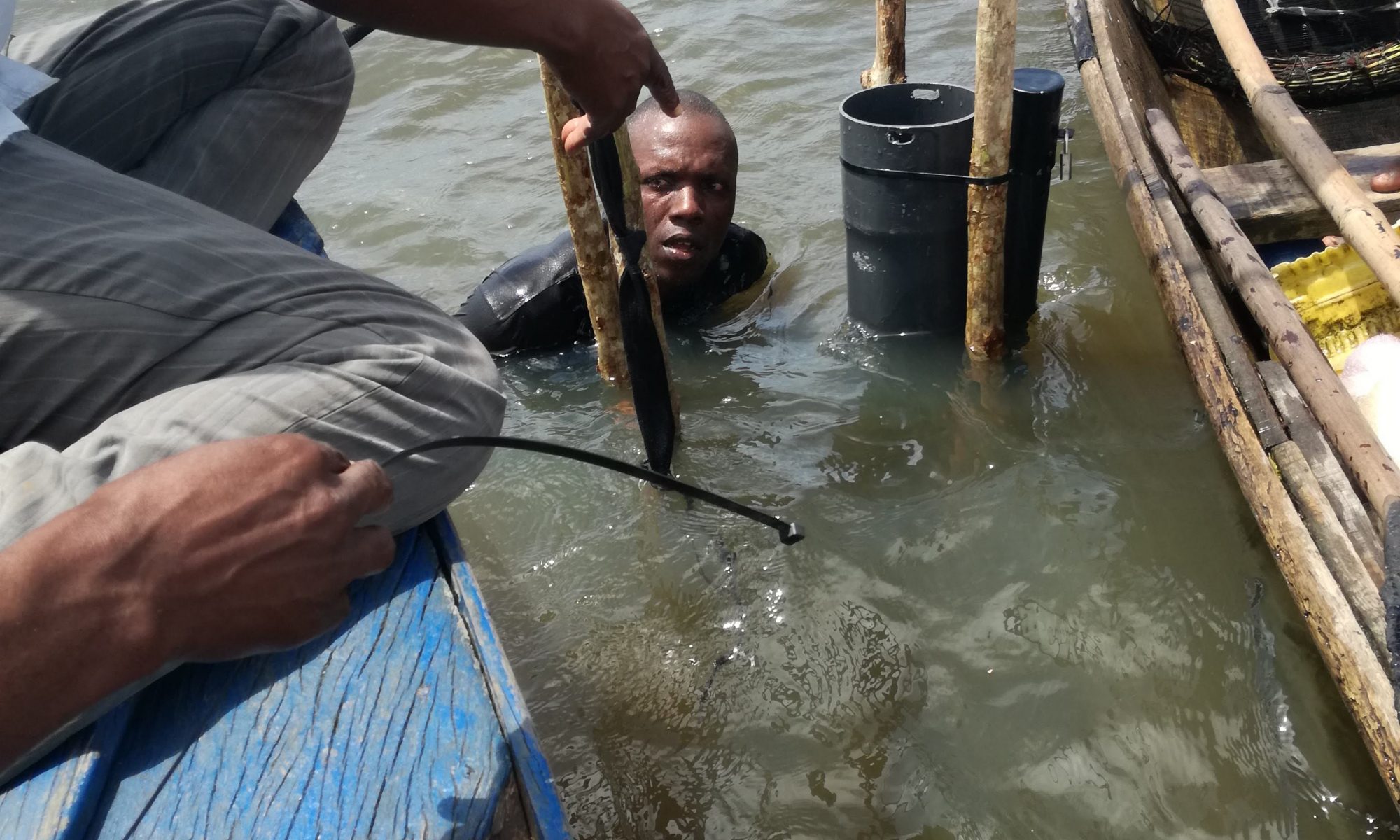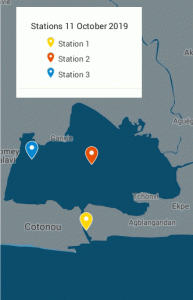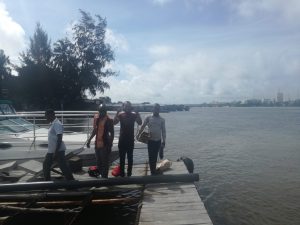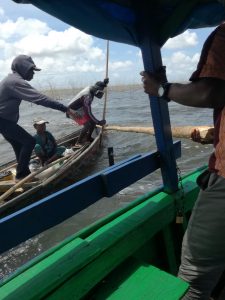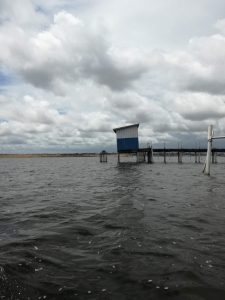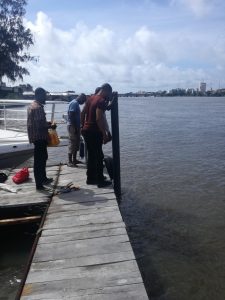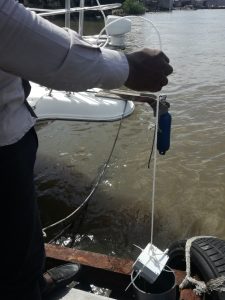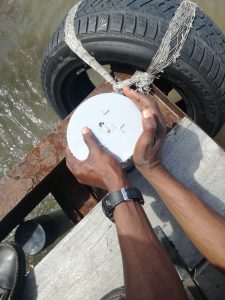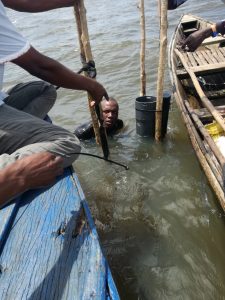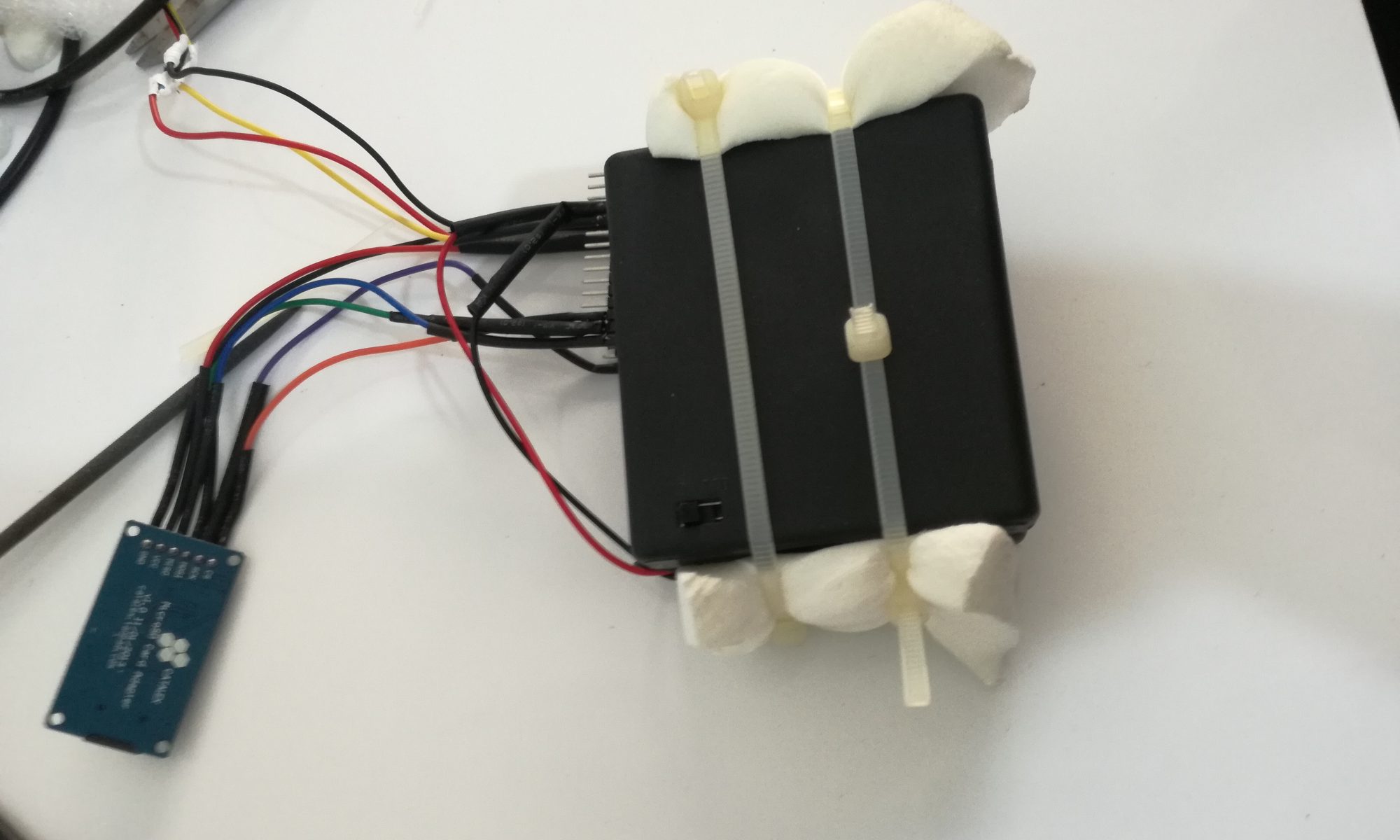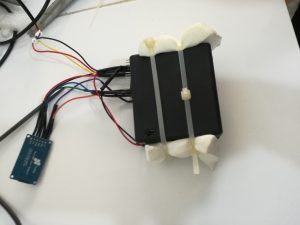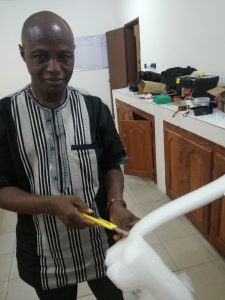Sunday 13th of October 2019
After 10 busy days full of working and adjusting our work, we finally managed to make the temperatures measured at the port presentable and in a good format.
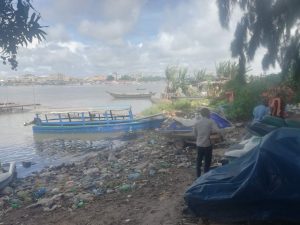
After reanalysing the data of 3 and 4 October and comparing them with the GPS shield output we can come up with the following results:
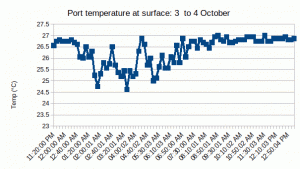
The conclusion of these measurements is that the system is too unstable to produce good results and the gps module uses a lot of battery. After removing the GPS module and stabilizing the system we found the following results:
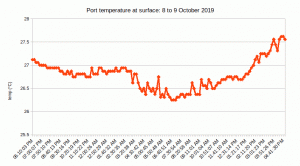
The conclusion of these measurements is that the addition of shock absorbers proved very beneficial, there was one power cut that happened during the recollection of the system. The results can be positioned in time in a reliable manner.
On monday, when we will analyse the results gathered during the weekend, we will see if these conclusions can be hold in a real experimental set up.

